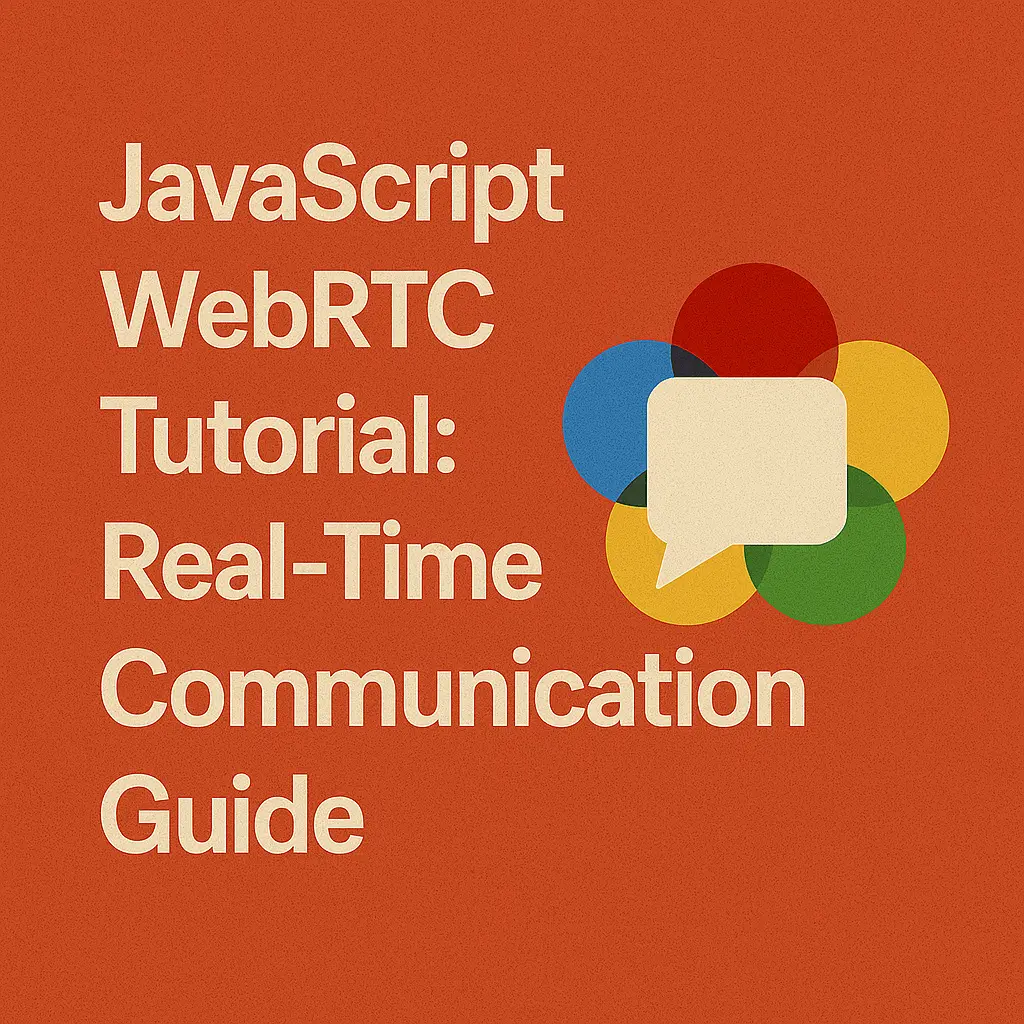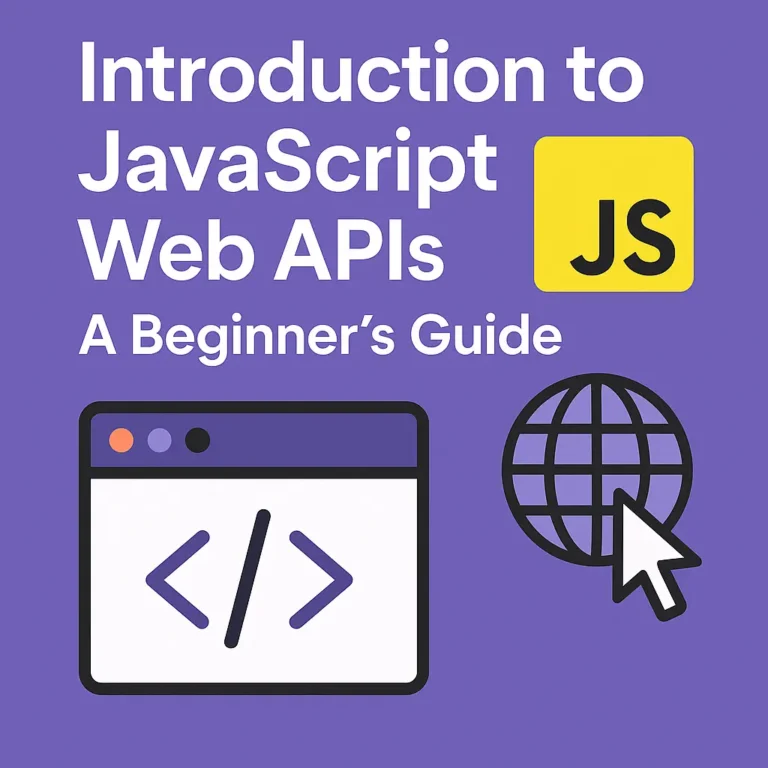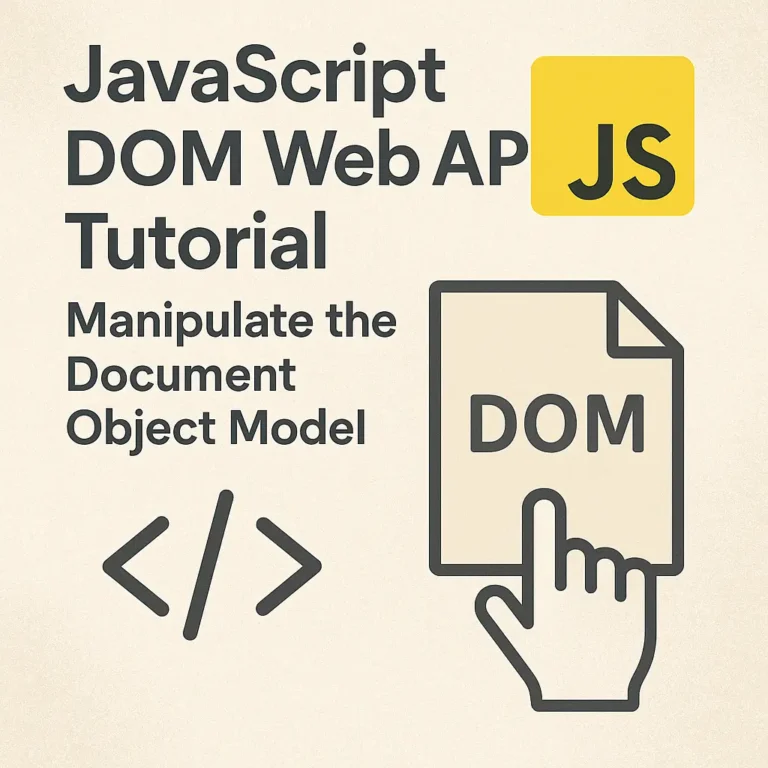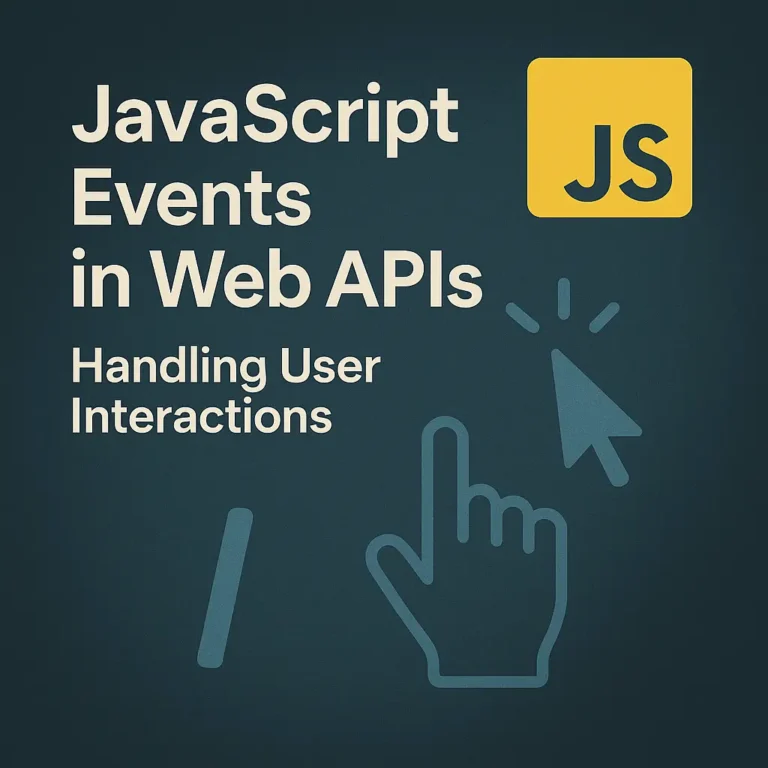Introduction to WebRTC
WebRTC, standing for Web Real-Time Communication, is a powerful technology that enables real-time communication directly within web browsers. It eliminates the need for third-party plugins or applications, providing a seamless and efficient way to establish peer-to-peer connections for audio, video, and data exchange.
Developed by Google in 2011, WebRTC has rapidly gained popularity due to its versatility and ease of implementation. It is supported by major web browsers, including Google Chrome, Mozilla Firefox, Safari, and Microsoft Edge, making it accessible to a wide audience of users.
Peer-to-peer communication
At the core of WebRTC is the ability to establish peer-to-peer connections between browsers, allowing for direct communication without the need for intermediary servers. This peer-to-peer architecture offers several advantages, including reduced latency, improved privacy, and scalability.
To initiate a peer-to-peer connection, WebRTC utilizes a signaling server to exchange session control messages between peers. Once the initial handshake is complete, the peers can communicate directly, transmitting audio, video, or data streams in real-time.
Let’s delve into a basic example of establishing a peer-to-peer connection using WebRTC in JavaScript:
// Create a new RTCPeerConnection object
const peerConnection = new RTCPeerConnection();
// Add event listeners for ICE candidates and negotiation needed
peerConnection.onicecandidate = (event) => {
if (event.candidate) {
// Send the ICE candidate to the remote peer
}
};
peerConnection.onnegotiationneeded = async () => {
try {
// Create and set the local description
await peerConnection.setLocalDescription(await peerConnection.createOffer());
// Send the local description to the remote peer
} catch (error) {
console.error("Error creating offer:", error);
}
};
// Create a data channel for text communication
const dataChannel = peerConnection.createDataChannel("chat");
// Handle data channel events
dataChannel.onopen = () => {
console.log("Data channel opened");
};
dataChannel.onmessage = (event) => {
console.log("Message received:", event.data);
};
// Add the data channel to the peer connection
peerConnection.addChannel(dataChannel);
Media streams and data channels
In addition to supporting audio and video streams, WebRTC also allows for the exchange of arbitrary data between peers using data channels. These data channels provide a reliable, bidirectional communication channel for sending text messages, files, or any other type of data in real-time.
Let’s expand our previous example to include the usage of a data channel for text communication:
// Handle the remote description received from the signaling server
async function handleRemoteDescription(description) {
try {
await peerConnection.setRemoteDescription(description);
// Create and set the answer description
const answer = await peerConnection.createAnswer();
await peerConnection.setLocalDescription(answer);
// Send the answer to the remote peer
} catch (error) {
console.error("Error setting remote description:", error);
}
}
// Handle ICE candidate received from the remote peer
function handleICECandidate(candidate) {
peerConnection.addIceCandidate(candidate);
}
// Receive messages from the remote peer
function receiveMessage(message) {
console.log("Message received from remote peer:", message);
}
// Signaling server code to exchange SDP and ICE candidates
// ...
// Example usage
// Signaling server sends the remote description and ICE candidates
handleRemoteDescription(remoteDescription);
handleICECandidate(remoteICECandidate);
// Send a message over the data channel
dataChannel.send("Hello, world!");
In this extended example, we’ve added functionality to handle the remote description and ICE candidates received from the signaling server, as well as the ability to send and receive messages over the data channel.
Conclusion
JavaScript WebRTC provides a powerful platform for building real-time communication applications directly within web browsers. By leveraging peer-to-peer connections, media streams, and data channels, developers can create immersive and interactive experiences for users across the globe.
Whether you’re building a video conferencing application, a multiplayer game, or a collaborative document editor, WebRTC offers the flexibility and performance needed to deliver seamless real-time communication over the web. With its wide browser support and comprehensive documentation, getting started with WebRTC has never been easier.






